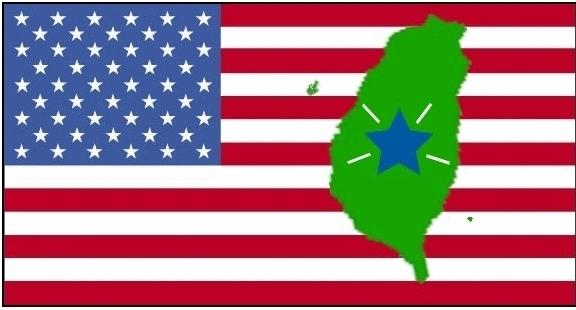|

|
|
Taiwan Cession under SFPT
|
|
Taiwan Civil Government
Washington D.C. Office
|
Establishing a Representative Office in the Nation's Capital, near the Dept. of State and the Pentagon

After 59 years, the Taiwanese people have
finally come together to establish their own Civil Government,
and to formally set up a Washington D.C. Office, in order to
coordinate more effectively with US government officials.
The Taiwan Civil Government's office in the nation's capital
is located at a prestigious address, within easy travel distance of the White House, Dept. of State, Senate and House Office Buildings, Dept. of the Treasury, Library of Congress, and the Pentagon.
The need for the Taiwanese people to set up their own civil government
and to coordinate their organizational activities with the Dept. of State and the members of Congress arises
from Taiwan's true legal status as an overseas territory of the United States under military government. This legal status was
specified in the San Francisco Peace Treaty of 1952.
Importantly, under that Senate-ratified treaty the "Republic of China" is not recognized as the legal government of Taiwan. Neither the Republic of China nor the Peoples Republic of China are signatories to this important treaty.
Island is territory of U.S.!

When discussing Taiwan's international legal position, we are frequently
told that after World War II there was a peace treaty where Japan renounced
all right, claim and title to "Formosa and the Pescadores" (aka Taiwan),
but these areas were not given to any other country. Based on a simple analysis of
these treaty provisions, it could be held that Taiwan's international legal position
is undetermined. In the past few years, however, many people have begun to disagree
with such an interpretation.
In Taiwan, local independence advocates stress that Taiwan belongs to the
Taiwanese people. The People's Republic of China authorities stress that Taiwan belongs
to the PRC. Some activist groups claim that based on the U.N. Charter, Taiwan qualifies
to be a U.N. trusteeship. These are all points of view that have received a large amount
of coverage in the mainstream Taiwanese media.
By contrast, one aspect of history that has received little to no attention
in the Taiwanese or international press is the historical similarity of Cuba after the
Spanish American War and Taiwan after World War II. Spain renounced all rights to Cuba,
but the island was not given to any other country. That is a very close similarity to
Taiwan. There are many provisions of the peace treaty with Spain of April 11, 1899, that
are very similar to the peace treaty with Japan of April 28, 1952.
Most importantly, historical researchers with a civilian mindset have consistently failed
to analyze the role of military occupation in discussing the Taiwan question. They have
considered peacetime legal concepts, but failed to consider the law of war.
|
This treaty has a higher legal
weight than Executive Order 13014, the Taiwan Relations
Act, the One China Policy, and the Three Joint Communiques . . .
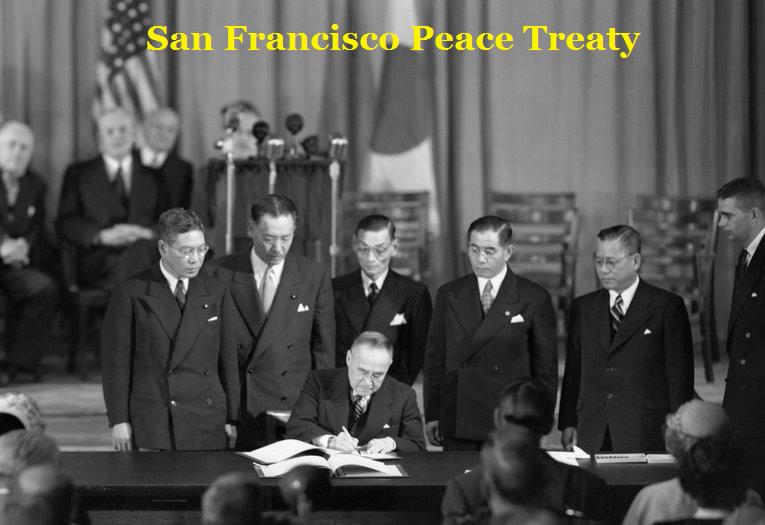
Taiwan is a territorial cession under Article 2(b) of the
Senate-ratified San Francisco Peace Treaty (SFPT) of April
28, 1952. The treaty did not specify a "receiving country" for
this territorial cession, however Article 23(a) confirms the
United States of America as "the principal occupying power."
The scope of application of this legal responsibility is clarified by
Article 4(b), which gives disposition rights over Taiwan territory to a
federal agency called the United States Military Government (USMG).
To fully understand the specifications of the SFPT, we must
return to the history of WWII. In particular, we must recall the details of the war in the Pacific.
The Beginning of WWII in the Pacific
"Yesterday, December 7, 1941 -- a date which will live in
infamy -- the United States of America was suddenly and deliberately
attacked by naval and air forces of the Empire of Japan." President
Roosevelt's speech of December 8, 1941, was immediately followed by a
Congressional Declaration of War. On the following day, December 9th, the
Chiang Kai-shek's Republic of China also declared war against Japan.
Formosa and the Pescadores had been ceded to Japan in the 1895 Treaty of Shimonoseki. Under international law, there is no doubt that Japan had possession of the sovereignty of these areas after 1895.
In fact, the Washington Naval Treaty of Feb. 1922 fully recognized "Formosa and the Pescadores" as insular areas of Japan.
World Congress in Taipei
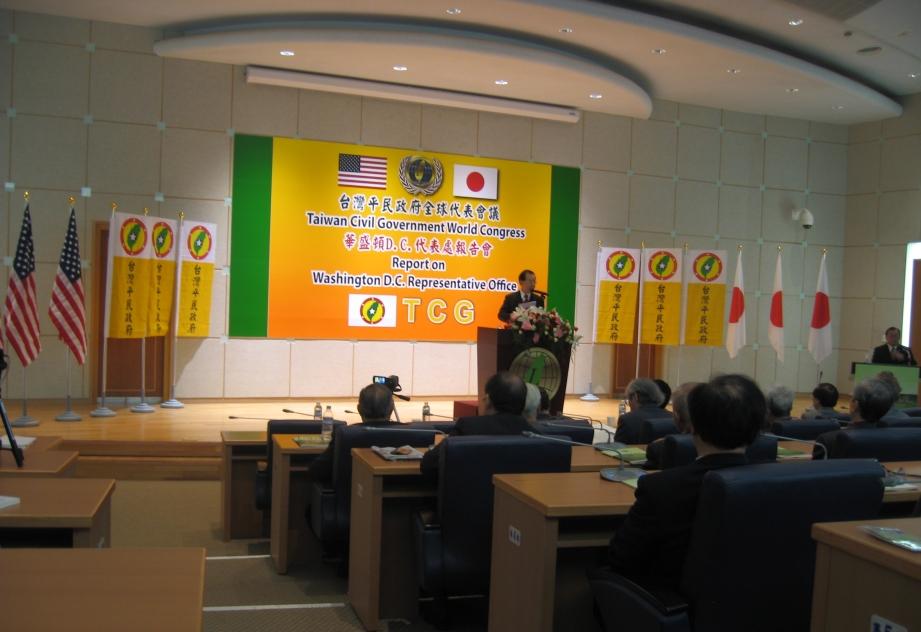
The First World Congress of the Taiwan Civil Government was held in Taipei on April 25, 2010.
The over 300 attendees came from Taiwan and nearly ten foreign countries. Preparatory business for the establishment of a TCG Office in Washington D.C. in was discussed, and appointments of personnel and officers were announced.
Decisions were made on three important categories of needed coordination with US government agencies. These will be the initial focus of the TCG's work in Washington D.C.
These categories are:
1. Under the Senate ratified San Francisco Peace Treaty (SFPT) of 1952, native Taiwanese people are stateless, and the Taiwan Relations Act (TRA) contains no provisions to rectify this injustice. Hence, these native Taiwanese people are entitled to some form of travel documents ("passports") issued by, and/or authorized by, the US Dept. of State.
2. In order to fulfill its responsibilities under the SFPT, the Dept. of Defense must establish a United States Military Government (USMG) Headquarters in Taiwan, and assume all responsibility for Taiwan's "national defense" needs. After all, the US Constitution specifies a "common defense" for all states and territories under US jurisdiction.
3. The US government must pay more attention to the human rights of the native Taiwanese people. For example, under the Hague and Geneva Conventions, military conscription in Taiwan territory by the government in exile Republic of China is illegal.
For more details on the historical and legal background to the founding of the Taiwan Civil Government, please visit the following links.
|
|
U.S. Travel Documents
|
Formosa Betrayed
|
for Native Taiwanese
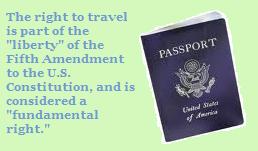
TCG calls for the end of the
use of ROC passports by native Taiwanese
How Can we Make a Nationality Determination under U.S. Law for Native Taiwanese People?
1. With no clear legal basis to include Taiwan in its definition of "national territory," and no international treaty references which can be found, the ROC is definitely not the competent authority to issue ID documentation (including ID cards, drivers' licenses, passports, etc.) of any kind to native Taiwanese persons. Such an interpretation must be recognized by all US government agencies under the terms of the SFPT.
2. Hence under the US Supreme Court's Insular Cases, the US Constitution, the laws of war, the San Francisco Peace Treaty, and the SFPT-authorized Sino-Japanese Peace Treaty (Treaty of Taipei), the native inhabitants of Taiwan remain either as (1) Japanese nationals, thus owing their allegiance to Japan, or (2) wards (or "Protected Persons") of the principal occupying power, and thus owing their allegiance to the principal occupying power.
3. In conjunction with Japan's relinquishment of sovereignty over Taiwan in the SFPT, Japanese courts have not recognized the native persons of Taiwan as Japanese nationals since the Spring of 1952. In other words, under Japanese law, and indeed under international law, native persons of Taiwan currently owe no allegiance to the government of Japan.
4. This leaves us with only one other possibility. The native inhabitants of Taiwan must have their identification documents and travel documents issued under the authority of the United States. In the San Francisco Peace Treaty, the United States is specified as the principal occupying power.
5. Taiwan is self-governing dominion under Taiwan Relations Act (TRA), but there is no passport issuing authority. Hence, it can be maintained that under US law the Taiwan governing authorities are counterfeiting "Republic of China passports."
6. In other words, the Republic of China is not recognized under either the San Francisco Peace Treaty or the TRA with any power to issue passports for native Taiwanese persons, in the areas of "Formosa and the Pescadores." As defined in INA 101(a)(30), the Republic of China's Ministry of Foreign Affairs cannot be construed as the competent authority for issuing passports to these persons. The false claims of "citizenship of the Republic of China" for native Taiwanese persons holding ROC passports make those passports illegal under US law.
REFERENCE: INA [8 USC 1101 (a)(30)]
The term "passport" means any travel document issued by competent authority showing the bearer's origin, identity, and nationality if any, which is valid for the admission of the bearer into a foreign country.
>> Additional Summary
Note: The consideration of whether the ROC Ministry of Foreign Affairs is the competent authority for issuing passports to native persons in the Jinmen (Kinmen) and Mazu (Matsu) island groups is an entirely separate matter however. These two island groups are not included in the definition of "Taiwan" given in the Taiwan Relations Act. See 22 USC 3314 (2).
|
by George H. Kerr
A courageous American diplomat, Mr. George H. Kerr, who worked at the US Consulate in Taipei at the time of the Feb. 28, 1947 massacre, observed many atrocities in person. He later on set out to write down his observations and research on the situation in Formosa beginning in the mid-1940's. This volume was published in 1965 by Houghton Mifflin as Formosa Betrayed, and republished in 1992 by the Taiwan Publishing Co. in Irvine, Calif.
See further biographical information at George H. Kerr.
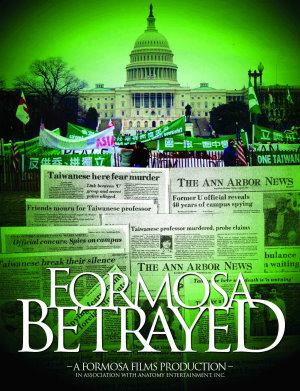
excerpt from Chapter III:
The Surrender on Formosa, 1945
ON AUGUST 15, 1945, the Japanese Emperor broadcast an appeal to his subjects to "bear the unbearable," to accept defeat, and to obey and cooperate with the Allied forces.
On Formosa Formosans heard this with excitement and happy anticipation.
Japanese civilians heard it with awe and regret, not unmixed with profound
relief. But throughout the Empire, members of the Japanese Military High Command
were angry and bitter. To them (on August 17) the Emperor addressed a special
rescript using terms carefully chosen to suggest that they had not surrendered
to "China" but to "Chungking," where the Chinese and the Americans had their
military headquarters.
The distinction was a fine one, it was not calculated to please the Chinese, and
it was not lost on either the Formosans or the Japanese in Formosa . . . . .
From this moment the island people began to build up profoundly emotional
attitudes toward China on the one hand, and toward the leading Allied powers --
America and Britain on the other. The Chinese would occupy Formosa. Tokyo could
no longer protect the Emperor's subjects. The center of power and authority for
fifty years had vanished overnight . . . . .
Thus a sense of profound insecurity began to pervade the island . . . . .
Allied broadcasts and pamphlets promised Formosa a new era of peace and good
government -- at least something better than life under the Japanese
administration.
Here is one of the keys to the United States' present dilemma in Formosa; in the early 1940's we had
persistently raised hopes and made promises which we could not fulfill.
A veritable flood of American propaganda and world news poured into Formosa
after August 15, for it was no longer forbidden to listen to shortwave programs,
and local rebroadcasts from Japan covered the island.
>> Continue Chapter III
|
|
Reporter for National Examiner |
|
Visits Taiwan on in-depth fact finding tour
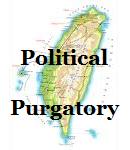
Michael Richardson, a reporter for the US based National Examiner, visited Taiwan in late April 2010, and wrote a series of important articles after his return to the United States.
The series is entitled "Inside Taiwan's Political Purgatory," and has been well received by native Taiwanese both at home and in North America and Europe. The inspiration for the title of his series came from the April 7, 2009, Court of Appeals Decision in Roger Lin v. United States of America. In that case, the judges held that:
"America and China's tumultuous relationship over the past sixty years has trapped the inhabitants of Taiwan in political purgatory. During this time the people on Taiwan have lived without any uniformly recognized government. In practical terms, this means they have uncertain status in the world community which infects the population's day-to-day lives . . . . . "
The following selections of Mr. Richardson's articles are noteworthy:
Inside Taiwan's Political Purgatory
American arrival and Formosa's betrayal
228 Massacre scars Taiwan history
CIA documents tell secret story of betrayal
American responsibility for status quo
Roger Lin, a profile in courage
Ex-Justice Minister says repression returning
Roundtable of scholars on Taiwan status
Lin vs. United States of America
Republic of China is a government in exile
. . . More Articles
|
Makes Major Mistakes in Televised Debate
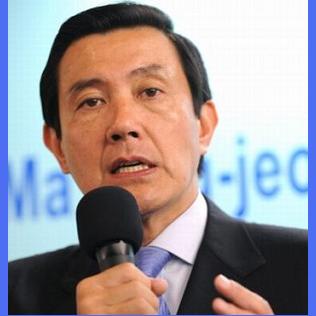
According to a guest editorial in the Taipei Times, President Ma of the ROC government in exile made several major errors of fact
when he participated in the April 25, 2010, televised debate on the proposed Economic Cooperation Framework Agreement (ECFA) with China. His opponent in the debate was Democratic Progressive Party (DPP) Chairperson Tsai Ing-wen.
The following is a summary of Mr. Ma's major errors.
(1) Ma said China is the world's biggest market.
 While it is true that PRC China is a large and rapidly growing market, its market is only a quarter the size of the US in terms of GDP. (The US GDP is 14204 billion dollars or 22.91% of the world economy, according to the World Bank.) Moreover, the EU is bigger than China and the US combined. While it is true that PRC China is a large and rapidly growing market, its market is only a quarter the size of the US in terms of GDP. (The US GDP is 14204 billion dollars or 22.91% of the world economy, according to the World Bank.) Moreover, the EU is bigger than China and the US combined.
(2) Ma pointed out that PRC China is becoming Taiwan's biggest market, and so we should put more than just a few eggs in our biggest basket.
 Such an analysis is misleading. Taiwanese investment in China accounts for 70 percent of Taiwan territory's overall foreign investment. Trade with China accounts for 40 percent of all Taiwan's foreign trade. With such high percentages, it is incorrect to say that the Taiwanese are only putting only a "few" eggs in the China basket. Such an analysis is misleading. Taiwanese investment in China accounts for 70 percent of Taiwan territory's overall foreign investment. Trade with China accounts for 40 percent of all Taiwan's foreign trade. With such high percentages, it is incorrect to say that the Taiwanese are only putting only a "few" eggs in the China basket.
>> Continue Story
| |
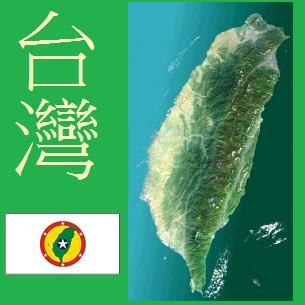
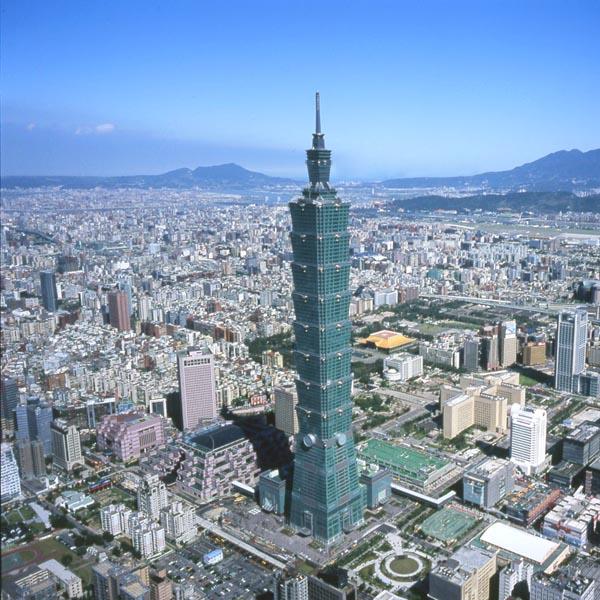
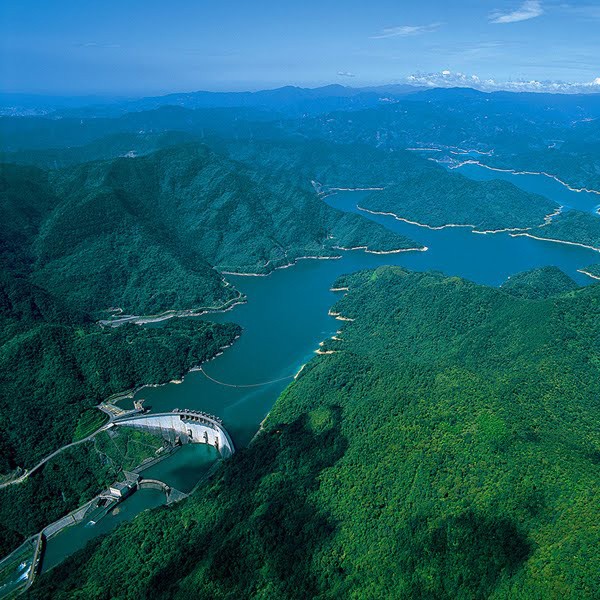



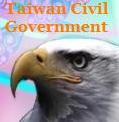

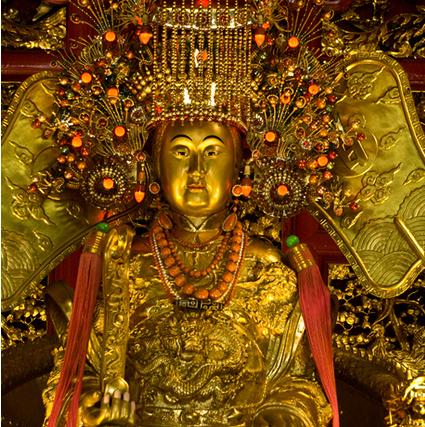





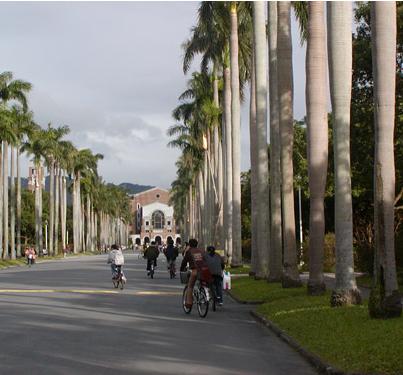


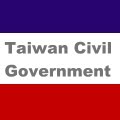

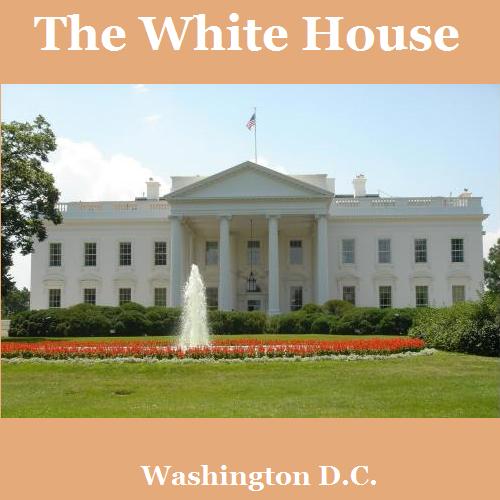


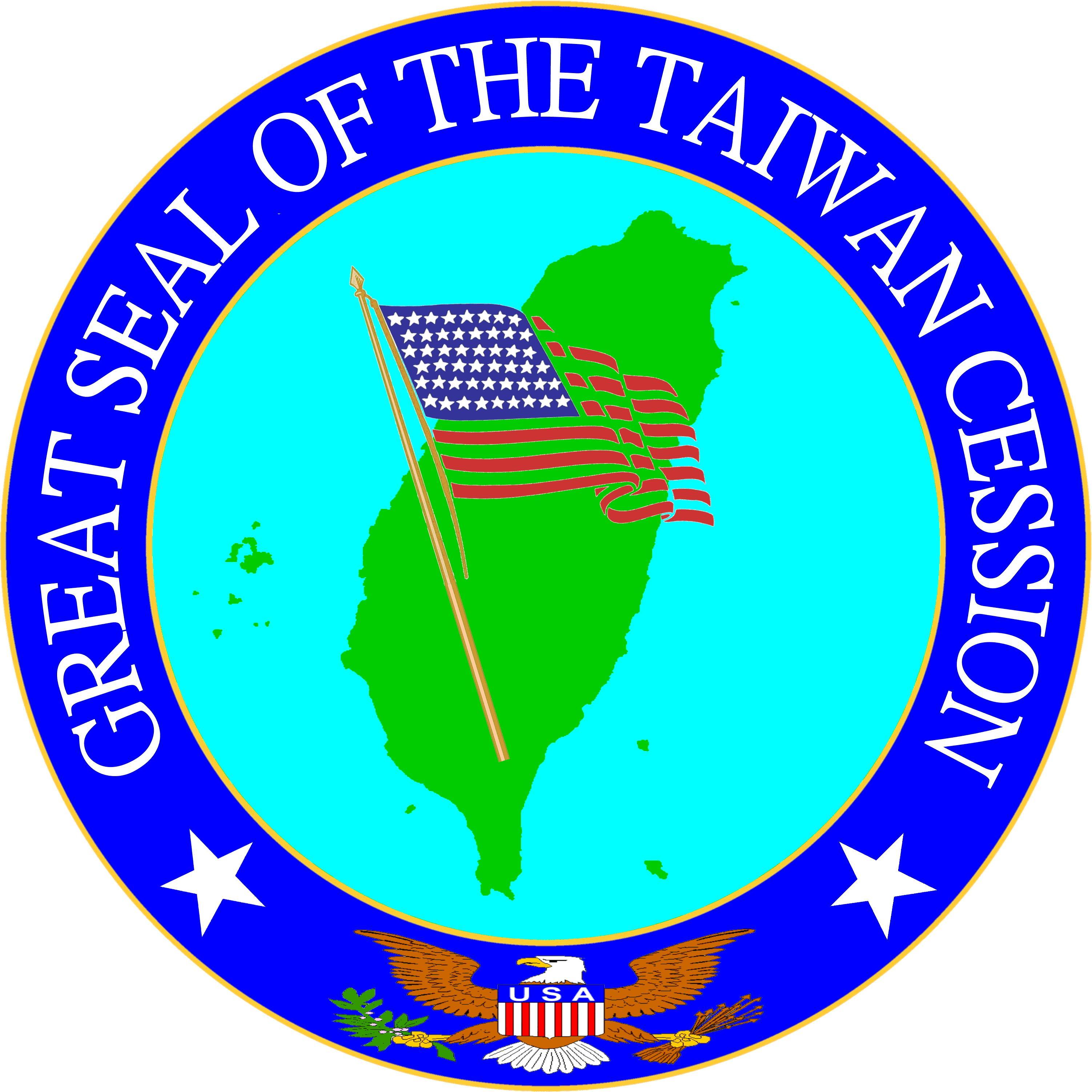
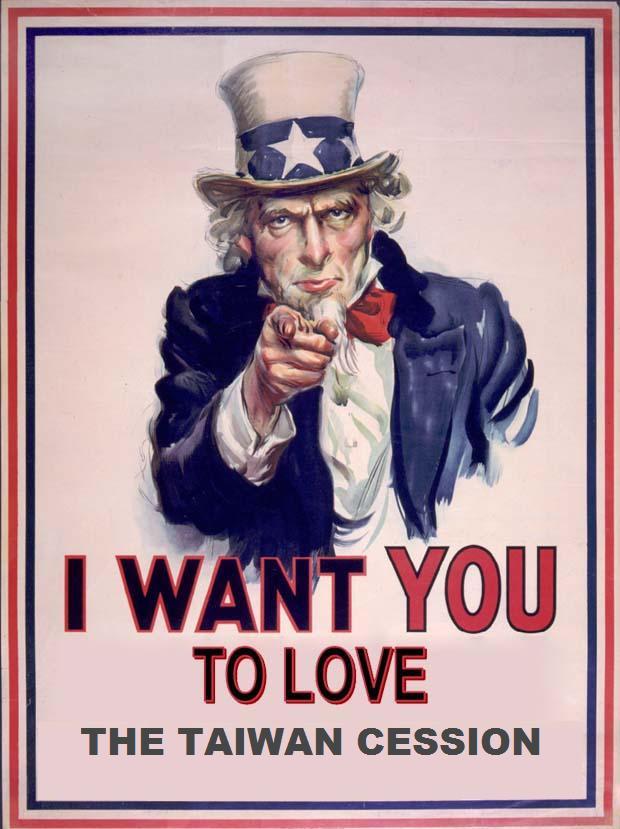

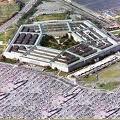
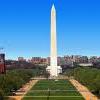



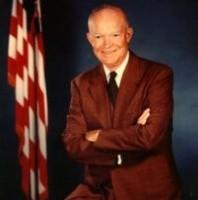

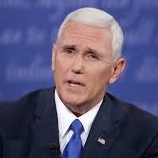


|



